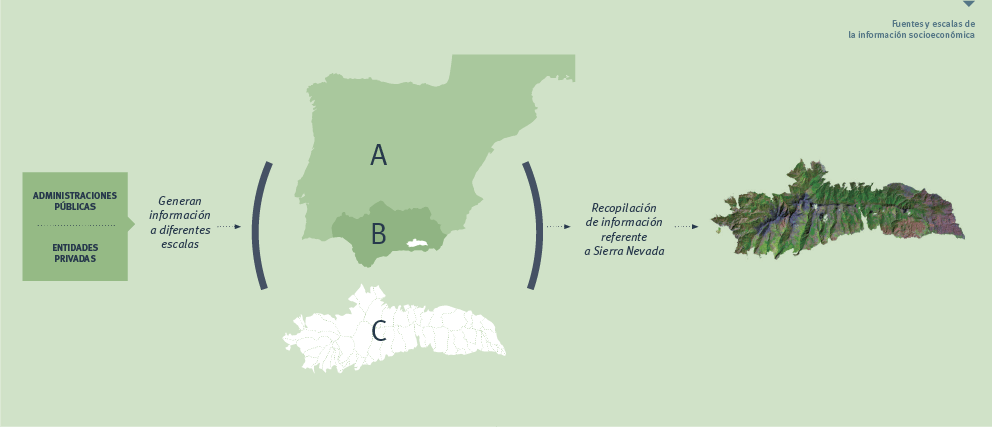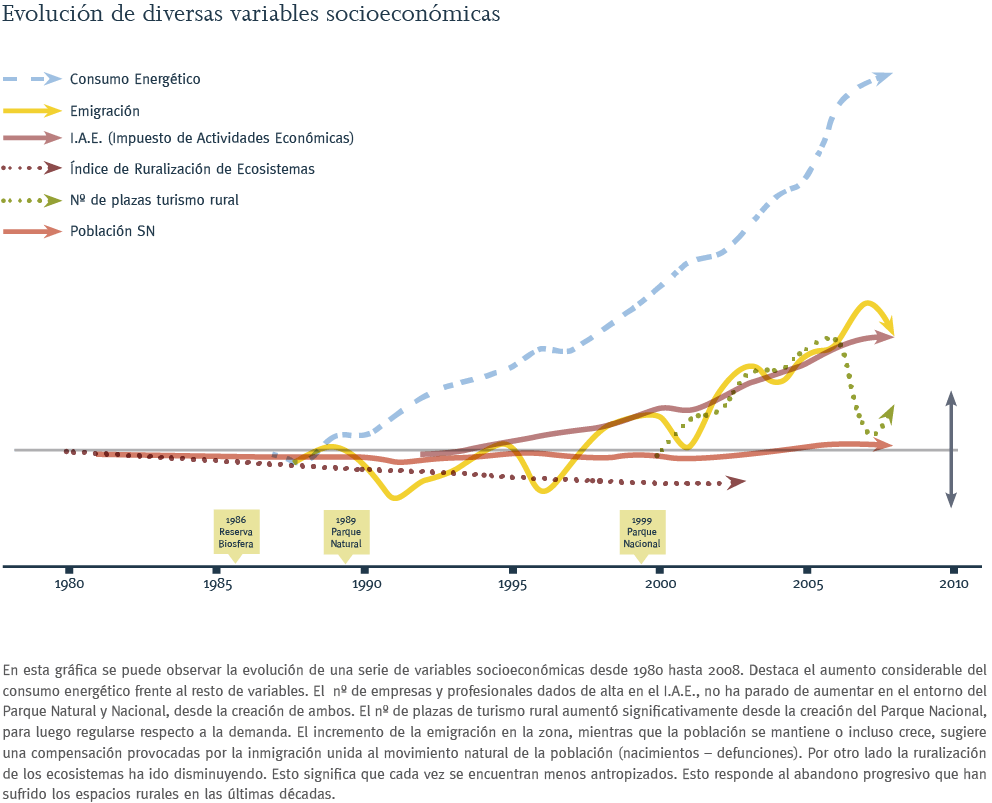Aims
The objective of this methodology is to collect socioeconomic data. Some of these are compiled by web services published by different official agencies and private entities. Others are not routinely accessible and an active search becomes necessary.

Method and effort
Web services: The information according to the source is presented in a time series and different intervals. Although we can gather data from 1900 to the present, the great majority of the data are a decade old. Similarly, the output format is different: from the data that can be downloaded as spreadsheet, to data visualization on computer screens, these cases require manual gathering procedures and transformation in order to transfer them to data bases.
Active search: There is information that is not directly accessible or usable for different reasons (e.g. it is not of value, unsuitable aggregation level, sensitive information). Therefore, we must make a search and active request for this information at different administrative levels: municipal, district, regional, and national.
Periodicity
The periodicity of the data is variable, depending on the type of index and its age. There are data with a decadal frequency (the oldest) and annual (the newest), with scant data published with less than annual frequency.
References
Protected areas as elicitors of human well-being in a developed region: A new synthetic (socioeconomic) approach. DOI: 10.1016/j.biocon.2015.04.027
Instituto Nacional de Estadística. (https://www.ine.es/)
Instituto de Estadística y Cartografía de la Junta de Andalucía. https://www.juntadeandalucia.es/institutodeestadisticaycartografia
Vicens, J. 2011. Anuario Económico de España 2011: Selección de Indicadores. Área de Estudios y Análisis Económico de ”La Caixa”. Barcelona. 40 pp.
